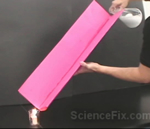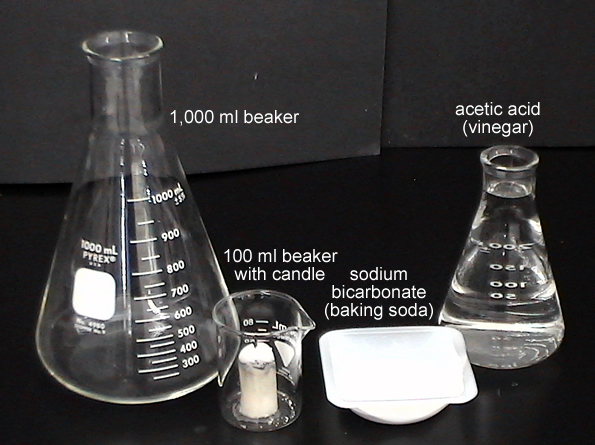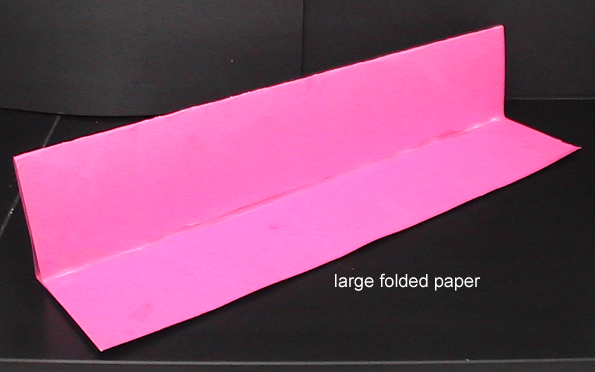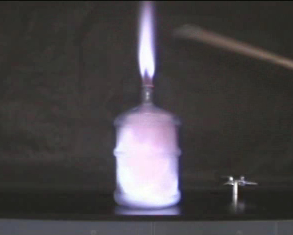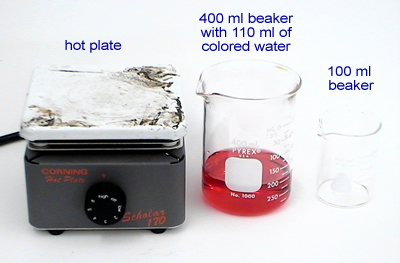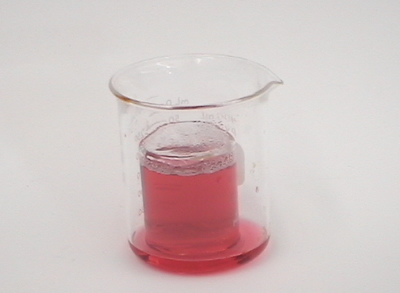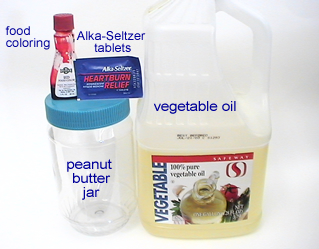Video Demo: Boiling Points
 Friday, July 31, 2009 at 3:59PM
Friday, July 31, 2009 at 3:59PM 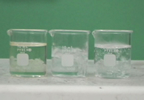 Three liquids (oil, isopropyl alcohol, and water) are placed on a hot plate. Over time all of the isopropyl alcohol boils away, half of the water boils, and none of the oil boils. This demonstrates that isopropyl alcohol has the lowest boiling point, followed by water, and oil has the highest boiling point. I show my students this video as we learn about phase change, and the properties of matter (boiling point, melting point, etc.). I ask my students the following questions after the video.
Three liquids (oil, isopropyl alcohol, and water) are placed on a hot plate. Over time all of the isopropyl alcohol boils away, half of the water boils, and none of the oil boils. This demonstrates that isopropyl alcohol has the lowest boiling point, followed by water, and oil has the highest boiling point. I show my students this video as we learn about phase change, and the properties of matter (boiling point, melting point, etc.). I ask my students the following questions after the video.
1. Which liquids boiled?
2. Where did the lost liquids go?
3. The temperatures 78 degrees C, 100 degrees C, and 204 degrees C are the boiling points for the above substances. Match the boiling point temperatures to the substance.
4. Which would hurt more if one of these were to touch your skin: boiling oil or boiling water? Explain.
5. Explain why oil is used to fry foods instead of water (like potatoes, fish, etc.). Hint: look at their boiling points.




